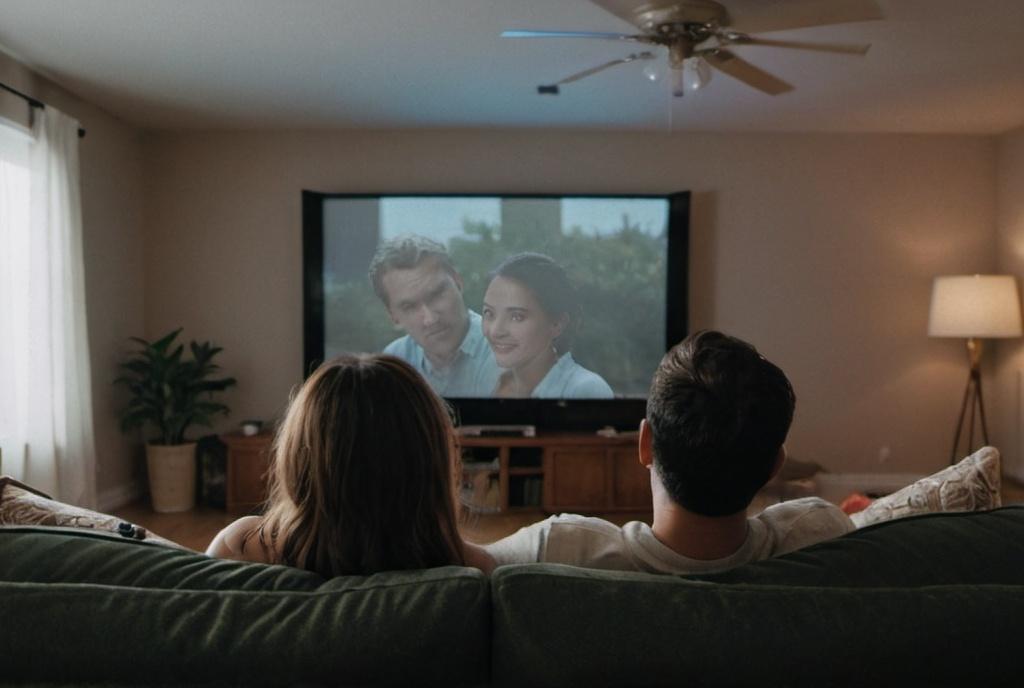
Key Take Aways About use of shadows in cinematography
- Shadows in cinema enhance depth and mood, acting as a storytelling tool without words.
- Historically, shadows created tension and texture, notably in classic noir films.
- Shadows evoke emotions, portraying characters as deceitful or untrustworthy.
- Lighting and shadows are interconnected, impacting scene atmosphere and character perception.
- Shadows are practical, allowing filmmakers to hide or highlight elements and stretch budgets.
- Diverse cultural meanings, with varying uses in German and Asian cinema traditions.
- Modern films use shadows for setting tone and enhancing narratives, seen in works by Nolan and Fincher.
- Shadows silently narrate stories, adding emotional depth and guiding audience perceptions.

Role of Shadows in Cinematography
Shadows are the unsung heroes of filmmaking, often lurking in the dark corners of cinema. They’re like the supporting actors who never get the spotlight but are absolutely indispensable. Let’s not beat around the bush: shadows give films depth and mood. They’re a bit like that mysterious friend who always knows something you don’t. In the world of cinematography, shadows are a tool for enhancing the story without uttering a single word.
Historical Perspective
Long before CGI, directors and cinematographers relied heavily on shadows to create tension and texture. Classic noir films from the 1940s and 50s used shadows like a painter uses dark colors to convey an ominous, tense atmosphere. Think of *The Third Man* with its iconic shadowy scenes. That film wouldn’t have made the same impact without the clever use of light and dark.
Shadows and Emotion
Shadows are the mood-setters. They can make a sunny day look suspicious or a basement feel cozy. Directors exploit shadows to evoke emotions from the audience, whether it’s fear, mystery, or intrigue. A character half-hidden in shadow might be interpreted as deceitful or untrustworthy. It’s the oldest trick in the book, and it still gets audiences on the edge of their seats.
Technical Aspects
Creating shadows is not as simple as switching off a light. It involves an understanding of where to place lights, how to angle them, and how much light to use. Each decision changes the shadow’s character—soft, harsh, or barely there. To get technical for a moment (bear with me), a hard light source casts sharp shadows, while a soft light source creates a more gradual fade. It’s about balance, like seasoning a fine soup.
Shadows vs. Lighting
At the heart of it, shadows and lighting are two sides of the same coin. They are interconnected, much like peanut butter and jelly. You can’t talk about one without the other. Some directors and cinematographers use shadows so expertly that you might not even notice the lighting itself, only the contrast it helps construct.
In some cases, the absence of shadow is equally powerful. Overly lit scenes can feel unnatural, emphasizing a character’s exposure or vulnerability. Meanwhile, shadow-dense scenes can create a sense of security or isolation. It’s a subtle dance, a bit like watching cats around a toy mouse.
Not Just for Aesthetic
While shadows are partly about style, they’re also practical. In establishing the setting, they’re used to hide or highlight elements within a scene. For films constrained by budget, shadows can obscure what can’t be shown, sparking the viewer’s imagination instead. In this way, shadows become part of the storytelling toolkit, helping filmmakers stretch limited resources or manipulate perception.
Cultural Significance
Throughout various filmmaking traditions, shadows have held different meanings. In German Expressionist films, they were exaggerated to form eerie and surrealist images, while in Asian cinema, shadows often reflect themes of spirituality and the supernatural. They have a cultural footprint, silently narrating stories across different genres and traditions.
Modern Examples
Even today, shadows are vital. In the likes of *Blade Runner 2049*, shadows are used to underscore the film’s dystopian setting, immersing the audience in a world that’s simultaneously futuristic and nostalgic. Directors such as Christopher Nolan and David Fincher employ them to craft tense moments and build narrative layers without excessive exposition.
Conclusion
Ultimately, shadows are an invaluable tool in cinema, a craft passed down and refined over the decades. Next time you’re on your couch, notice how shadows guide your emotions and perceptions. They are more than just dark shapes—they’re silent storytellers, carrying narrative weight and emotional depth. In the end, they’re just like seats in a car; you might not focus on them, but they sure make the ride more comfortable.



